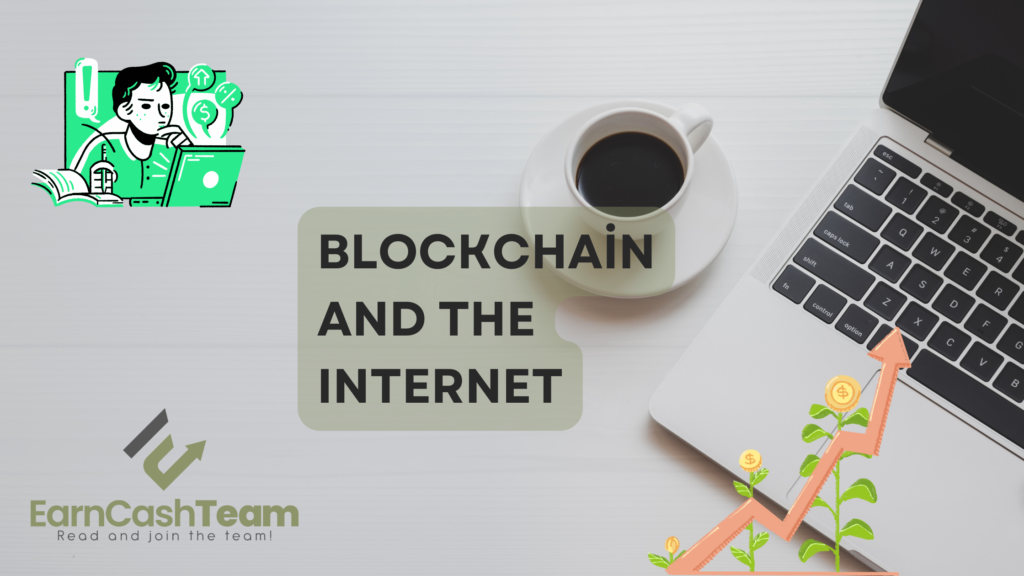Blockchain and the Internet of Things – Powering a Connected Future
Blockchain is a distributed ledger technology used to secure transactions among IoT devices, offering decentralisation and dissemination while remaining accessible and robust.
Blockchain provides uniquely identifiable data stored in a public database with trusted eras, providing unique identification of information. Blockchain can address scalability issues related to single points of failure, time stamping records, privacy concerns and trust within an IoT context.
You can also check out other tips about blockchain or banking with us!

1. Decentralization
Decentralization refers to the transfer of authority and responsibility for certain public functions from central authorities to local governments, private organizations or quasi-independent government agencies – including revenue-raising and expenditure decision-making responsibilities. It includes financial responsibility transfer as well.
Centralized structures rely on one point of failure, making any disruption at the top reverberate through all levels. By contrast, decentralized structures distribute power and information among multiple points for greater security as well as faster decision-making processes.
The Internet is an example of decentralization; millions of devices linked together in a network that nobody owns or controls. Blockchain, another decentralized technology that powers Bitcoin, and IoT allows devices to track each other while communicating, is another great example of decentralization.
2. Transparency
Through affordable computer chips and wireless networks, physical objects are now capable of communicating seamlessly without human interference. IoT technologies enable kitchen appliances, thermostats, cars and baby monitors all communicating real-time data without human involvement.
Businesses and consumers alike can take advantage of connectivity for various advantages, from enhanced efficiency and productivity to cost savings and environmental conservation. IoT sensors on vehicles can provide instantaneous information about road conditions to help avoid collisions.
IoT devices can also be employed in public and service environments to reduce the impact of natural disasters and ensure services such as water, power or transportation are restored more quickly than before. Unfortunately, however, their proliferation poses new security challenges: cybercriminals may breach into IoT systems that govern them to compromise personal privacy or access critical infrastructure – something which is only compounded by their proliferation into homes and offices.
3. Security
The Internet of Things (IoT) is an expansive network of physical objects equipped with sensors and software capable of connecting with each other without direct human intervention. From smart watches that track workouts to connected light bulbs and security systems, the IoT makes homes and businesses more energy efficient, safer and productive.
IoT technology also powers medical devices that monitor health conditions, freight tracking systems that optimize truck routes, and traffic systems that automatically reroute motorists in order to reduce congestion and pollution. Real-time insights gleaned from IoT-collected data also have the power to transform global business operations and industrial processes.
However, due to their centralized architecture, IoT platforms present hackers with easy targets. Attacks such as distributed denial-of-service have already breached IoT cameras, baby monitors, and automotive sensors.
4. Monetization
With access to cheap computer chips and wireless networks, physical objects can now connect directly with the internet without human involvement – from smart watches tracking fitness data, digital assistants like Amazon Alexa or Google Assistant responding to voice command responses, to buildings monitoring energy use.
These technologies combine physical with digital by adding sensors to physical items ranging from blackboards in classrooms, smart home speakers and automobiles – from blackboards and smart speakers in homes, to automobiles. IoT devices then “talk” with each other, enabling people to control them remotely through mobile apps. Furthermore, businesses can leverage IoT for optimizing supply chain patterns – tracking where raw materials come from and gathering insight into supplier reliability for improved decisions on demand forecasting, inventory management and shipping container allocation.
5. Trust
Hackers have long taken aim at the IoT as an easy target. We’ve witnessed multiple nightmare scenarios ranging from DDoS attacks and baby monitor hacking attempts, all the way up to interfering with pacemakers that use IoT connectivity.
Blockchain technology can assist IoT devices in protecting data from cyber-criminals by rendering it immutable and distributed. Furthermore, its decentralized ledger makes it harder for any single point of failure to take down an entire network.
IoT companies are already taking advantage of blockchain to facilitate machine-to-machine transactions more smoothly, such as Helium which uses it to connect low-power IoT machines directly to the internet reducing power consumption and speeds while increasing autonomy and security – essential aspects for applications like remote monitoring of smart infrastructure.




